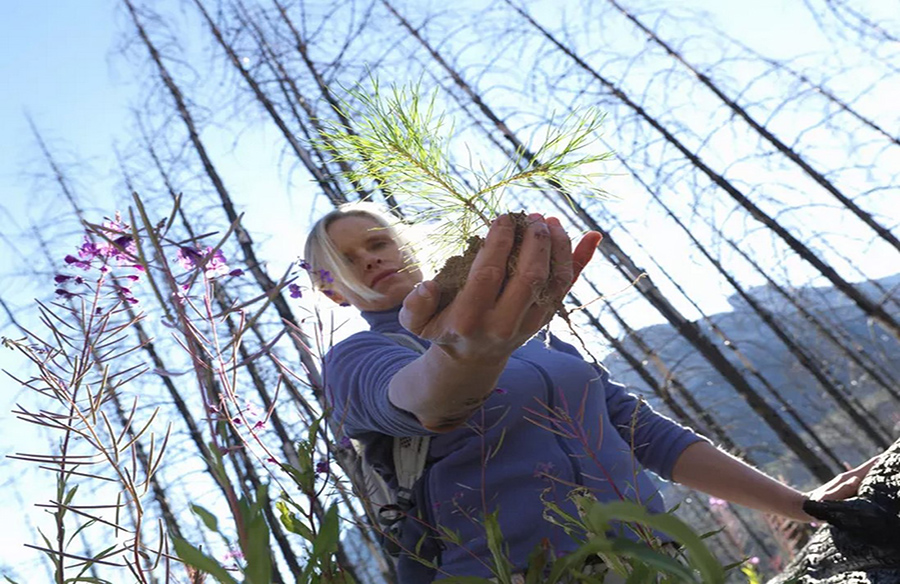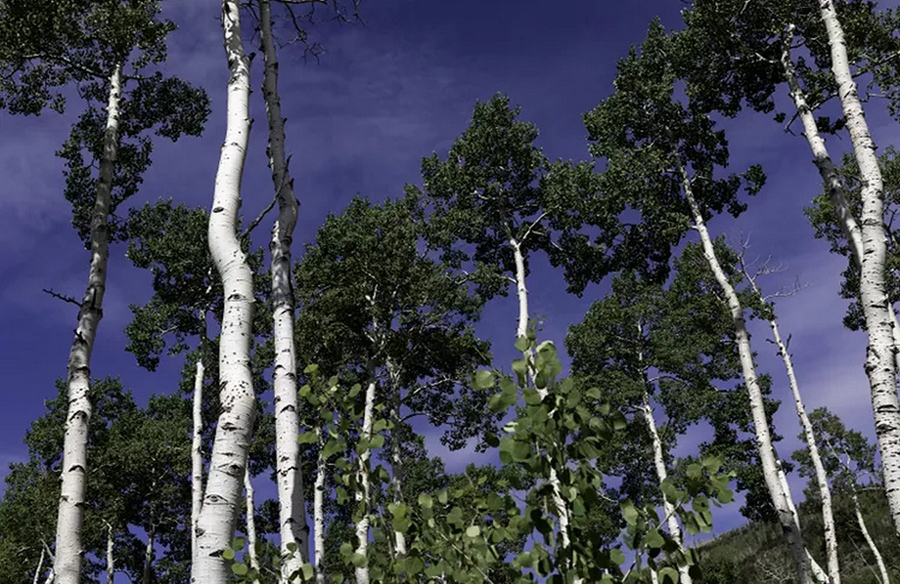The aftermath of a wildfire often leaves communities grappling with profound devastation. The flames, fueled by dry conditions and exacerbated by climate change, can cause extensive damage to landscapes and homes, leaving behind a trail of destruction and despair. However, amid the ashes and charred remains, there lies an opportunity for renewal and resilience.
Assessing the Impact
In the immediate aftermath of a wildfire, the focus is rightfully on extinguishing the flames and ensuring the safety of residents. First responders work tirelessly to contain the blaze and protect lives, a critical effort that demands swift action and coordination. Yet, once the fire subsides and the immediate threat is mitigated, communities are left to confront the daunting task of rebuilding their lives.
The Role of Trees in Restoration
As communities embark on the journey of recovery, trees emerge as powerful allies in the restoration process. Beyond their aesthetic appeal, trees offer a multitude of benefits that can aid in healing the land and revitalizing communities. By planting trees in fire-damaged areas, we can harness their transformative potential in several key ways.
Environmental Remediation
One of the primary functions of trees in post-wildfire landscapes is their ability to stabilize soil and prevent erosion. In regions prone to landslides following wildfires, the root systems of trees play a crucial role in anchoring the soil and reducing the risk of catastrophic erosion events. Additionally, trees act as natural air purifiers, absorbing smoke and filtering out particulate pollutants that pose health risks to communities.
Climate Resilience
The long-term impact of wildfires is intrinsically linked to climate change, which exacerbates the frequency and severity of such events. Trees contribute to climate resilience by capturing and storing carbon dioxide, thereby mitigating the effects of greenhouse gas emissions on the atmosphere. By bolstering carbon sequestration efforts through tree planting initiatives, communities can take proactive steps towards mitigating future wildfire risks.
Emotional Restoration
Beyond their ecological benefits, trees also hold significant emotional value for communities grappling with the aftermath of wildfires. The act of replanting trees symbolizes resilience, hope, and renewal, serving as a tangible reminder of the community’s collective strength and determination to rebuild. As new trees take root and flourish, they embody a sense of optimism and rejuvenation that transcends the physical landscape.
Conclusion
In the wake of devastation, trees offer a beacon of hope and a pathway to renewal for communities left reeling after wildfires. By harnessing the regenerative power of trees, we can re-root communities, restore ecosystems, and cultivate a resilient future in the face of environmental challenges.
Read more from Dan Lambe:
- What Trees Can Do for You
- Trees Are a Cool Solution in the Heat of the Moment
- Trees Are a ‘Must-Have’ Medicine When Addressing Mental Health
- The Significance of Trees After Natural Disasters Hit








